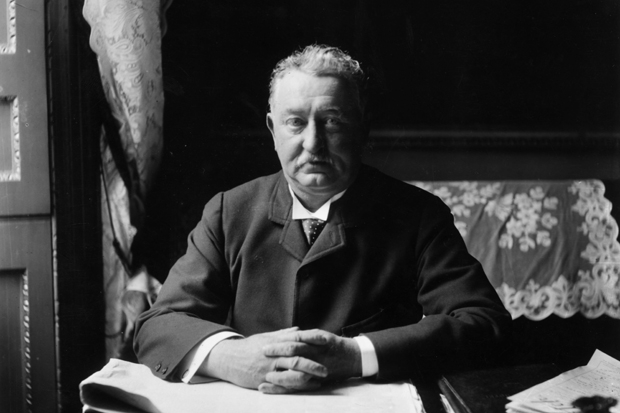Lobengula was the second king of the Matabele people in what is now Zimbabwe. He was also the last. Cecil John Rhodes smashed his authority, and broke his tribe.
The Matabele (a breakaway people from the Zulu kingdom to the south) had been making their way north, and by the time Rhodes arrived on the scene were in effective control of a vast area of southern Africa, stretching from the Limpopo river to the Zambezi. Matabeleland was rich in -minerals and the tribe were being pestered by white prospectors. Rhodes saw his opportunity. He made an ally of Lobengula, who had been king since 1869, and in 1888 persuaded him to grant Rhodes’s emissaries an exclusive deal known as the Rudd Concession.
Lobengula could not read or write and key parts of the understanding were verbal, but I’ve never heard it seriously disputed — even in the unwaveringly pro-Rhodes version of history I absorbed during my Rhodesian boyhood — that Rhodes tricked Lobengula.

Get Britain's best politics newsletters
Register to get The Spectator's insight and opinion straight to your inbox. You can then read two free articles each week.
Already a subscriber? Log in








Comments
Join the debate for just $5 for 3 months
Be part of the conversation with other Spectator readers by getting your first three months for $5.
UNLOCK ACCESS Just $5 for 3 monthsAlready a subscriber? Log in